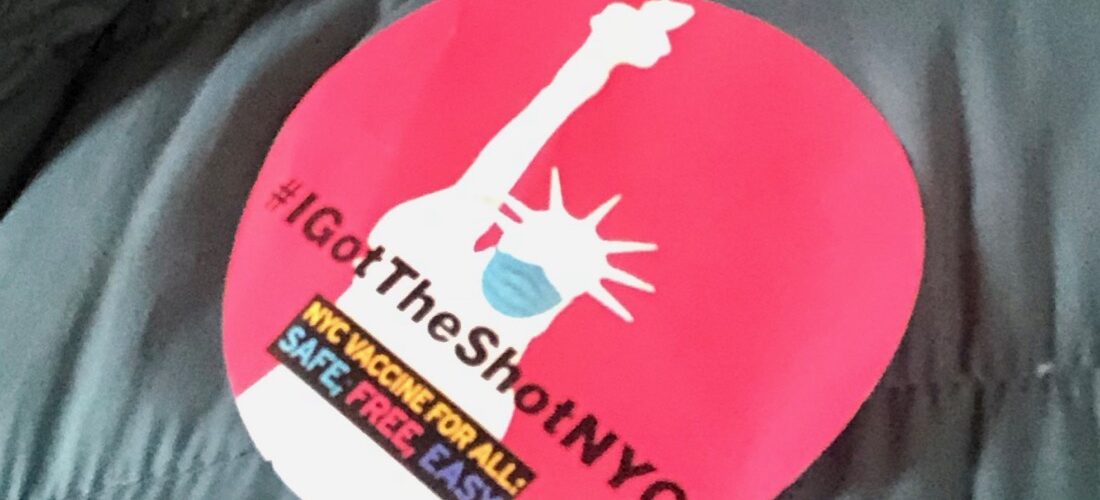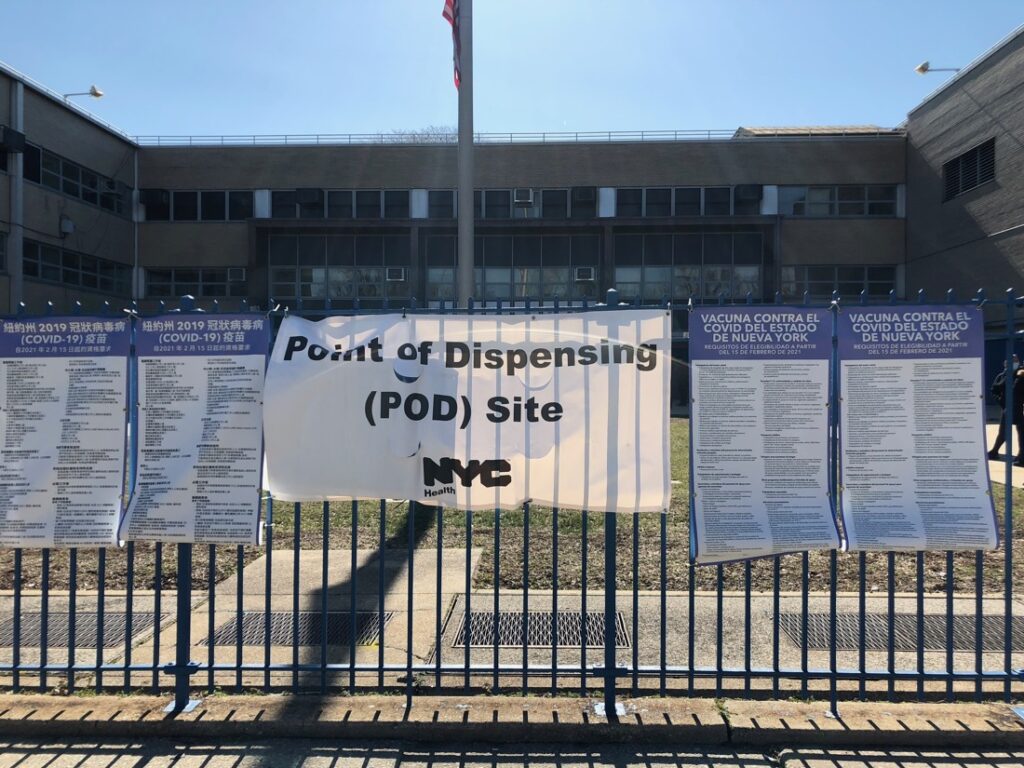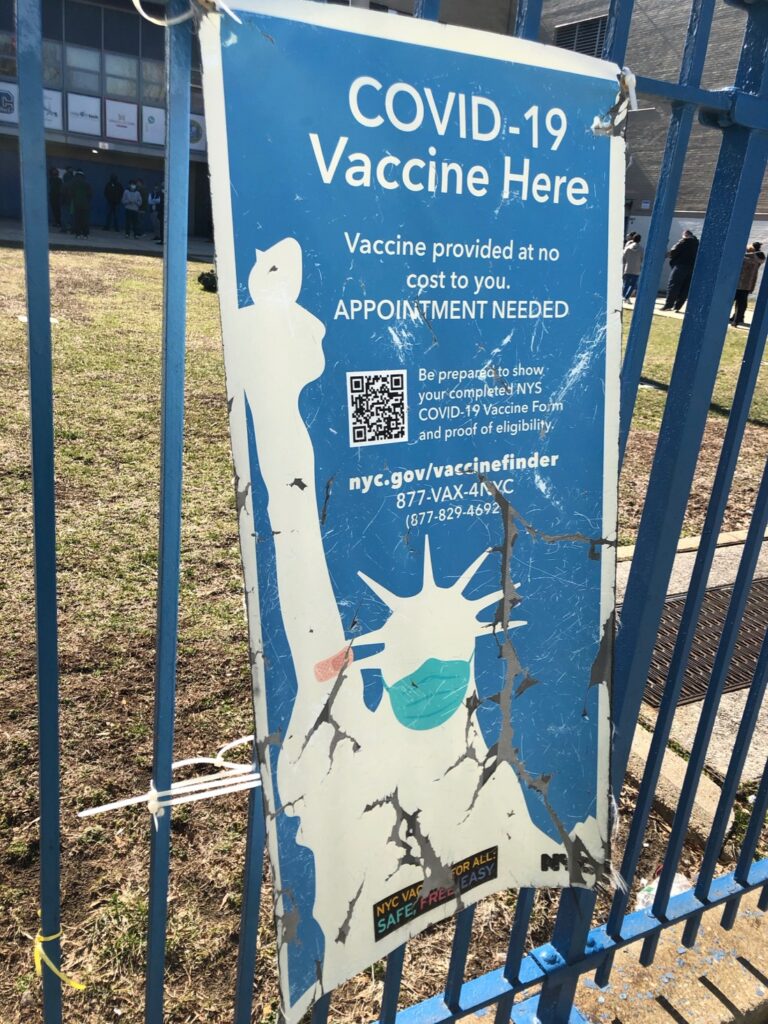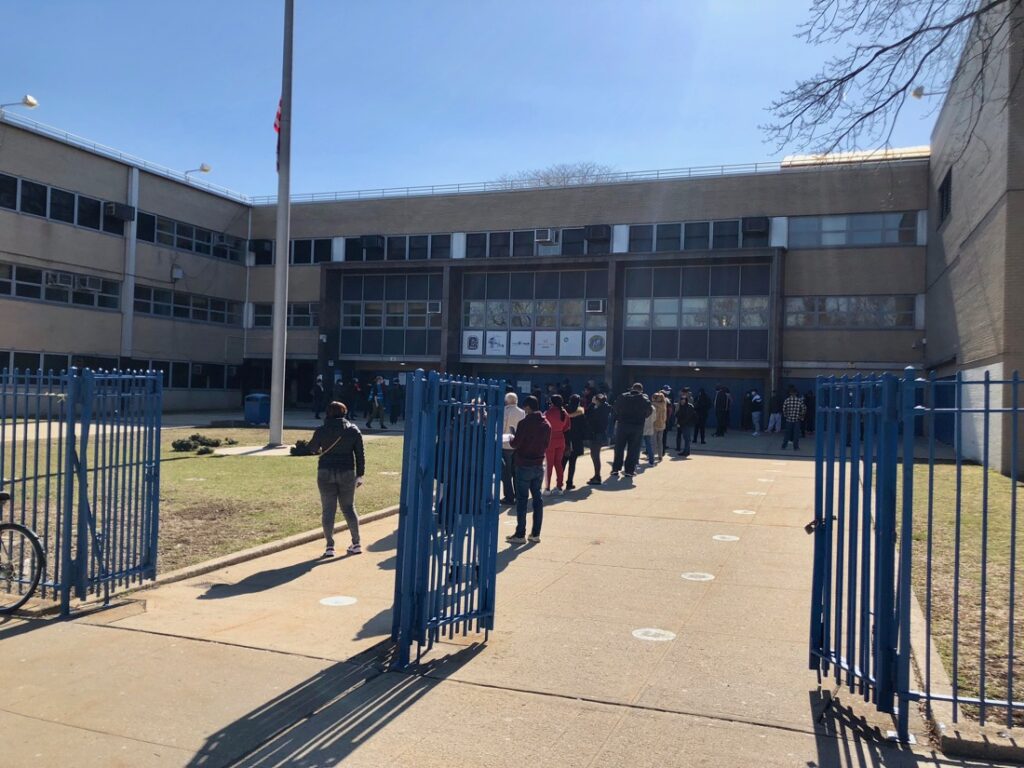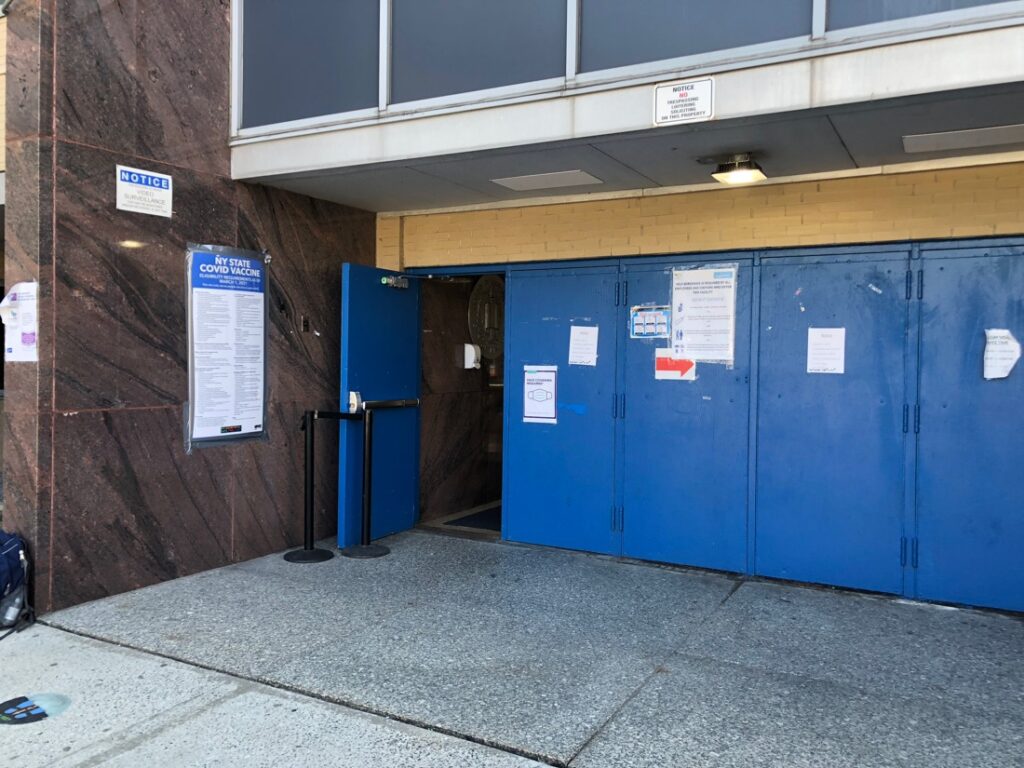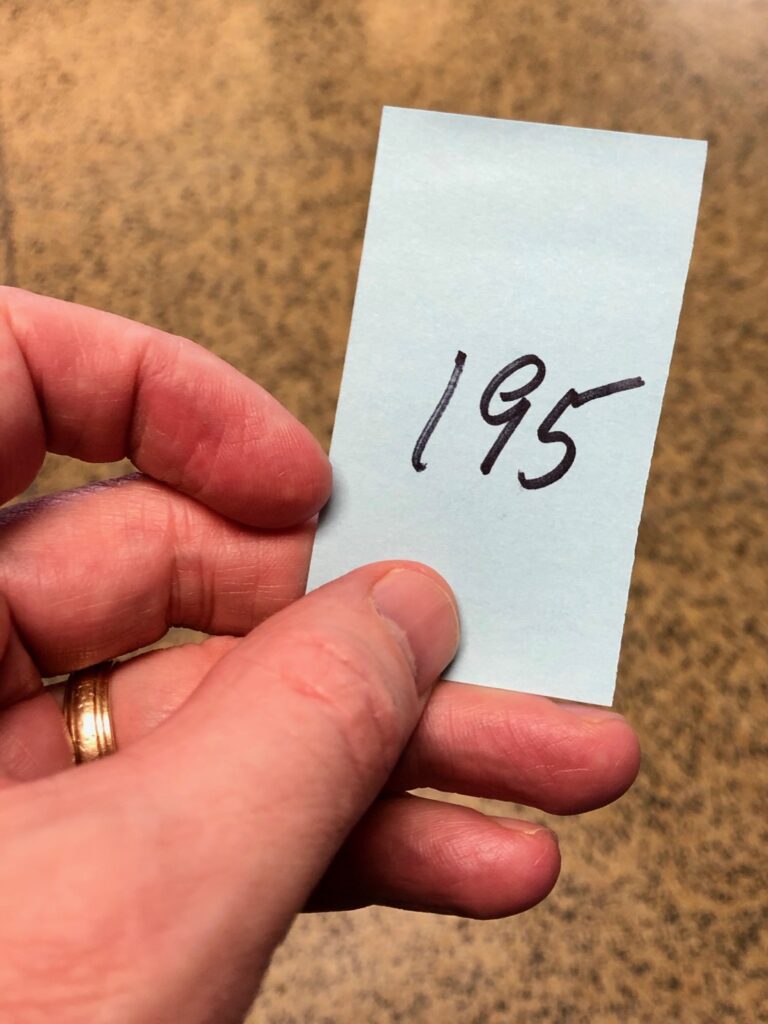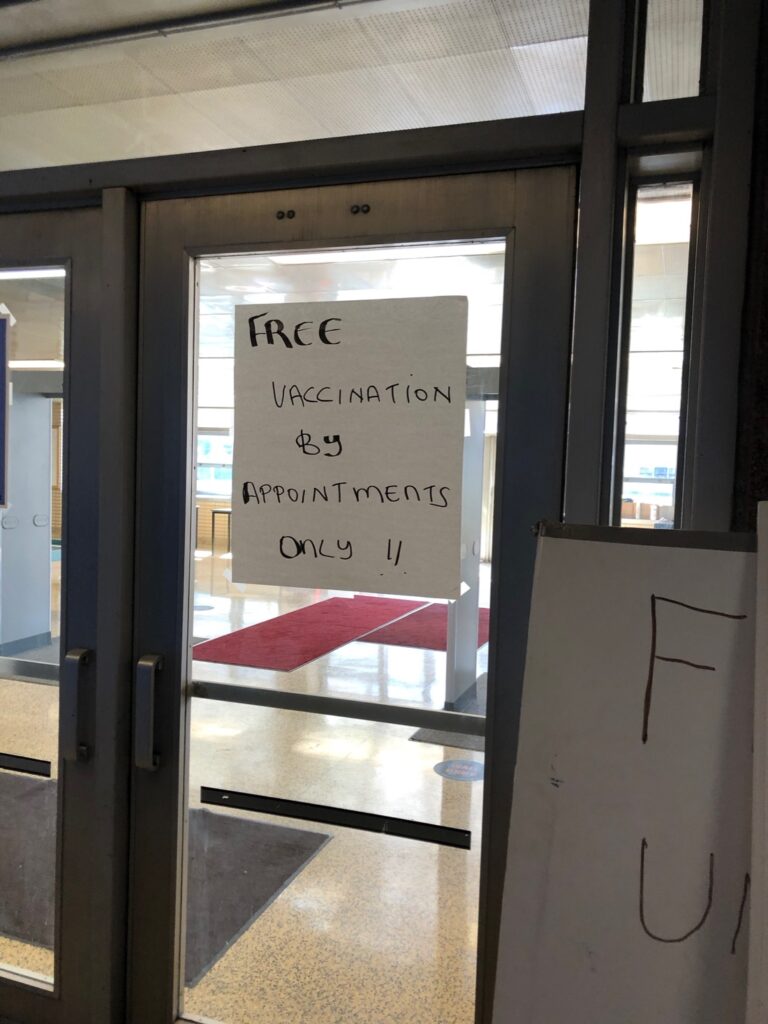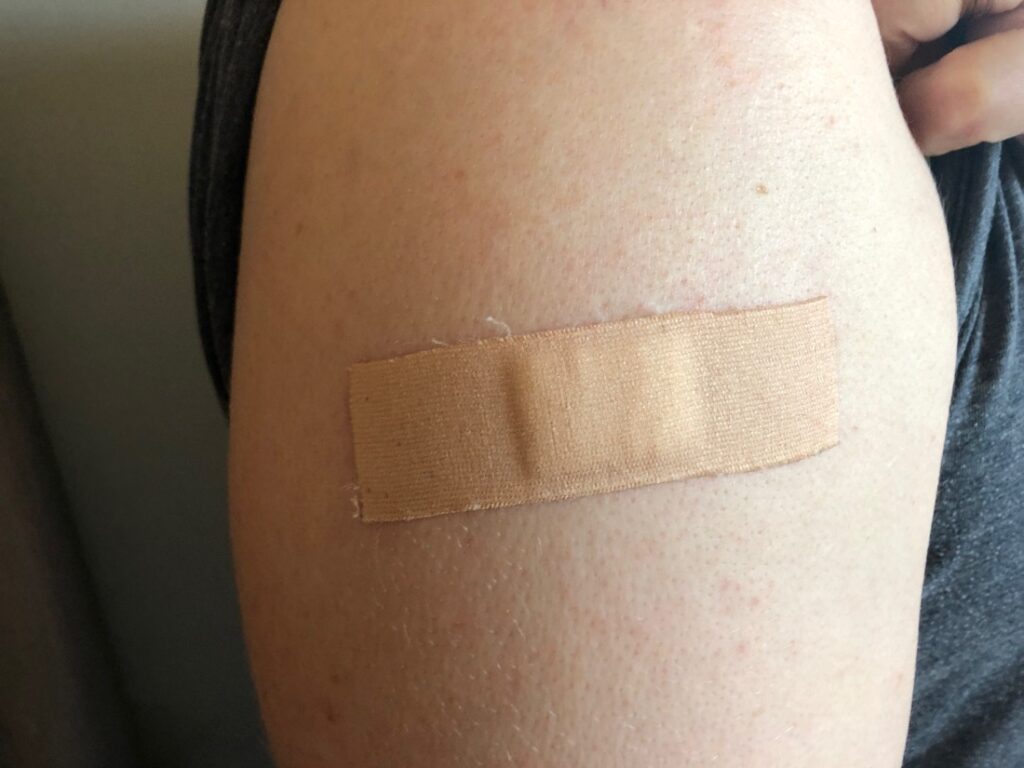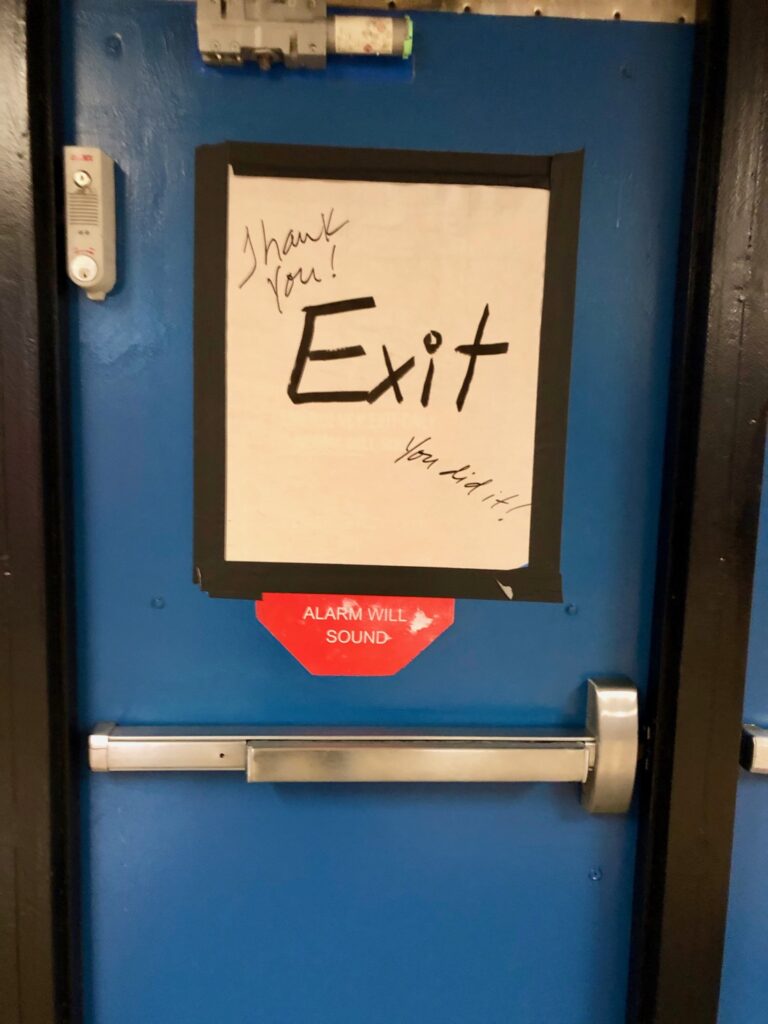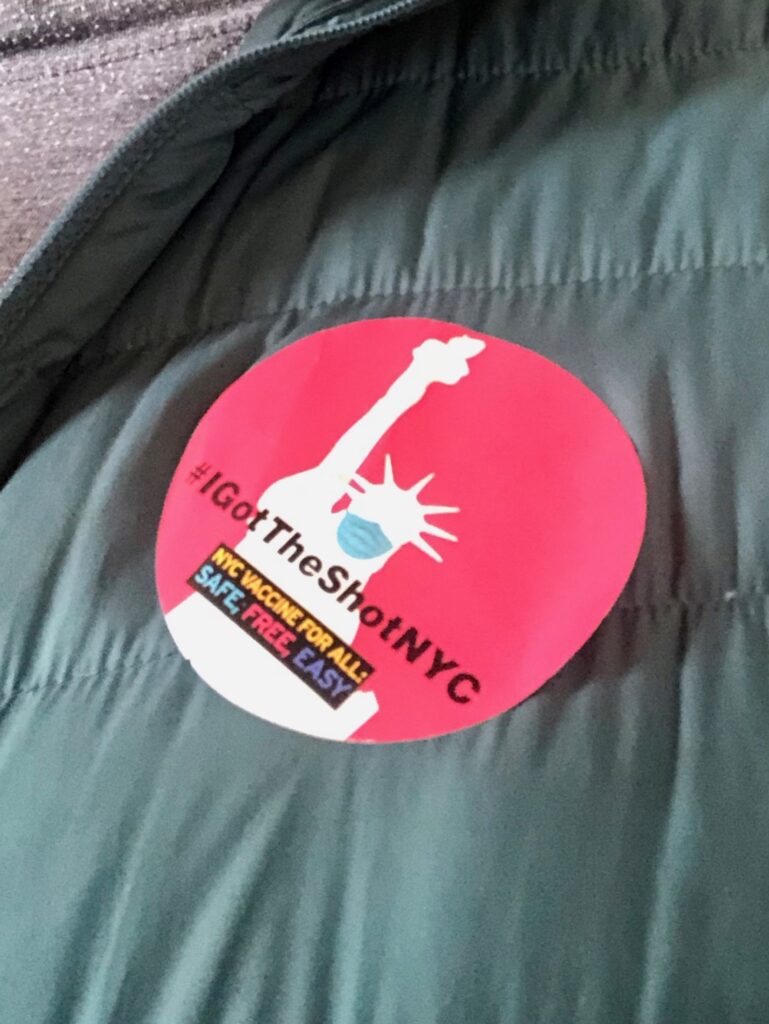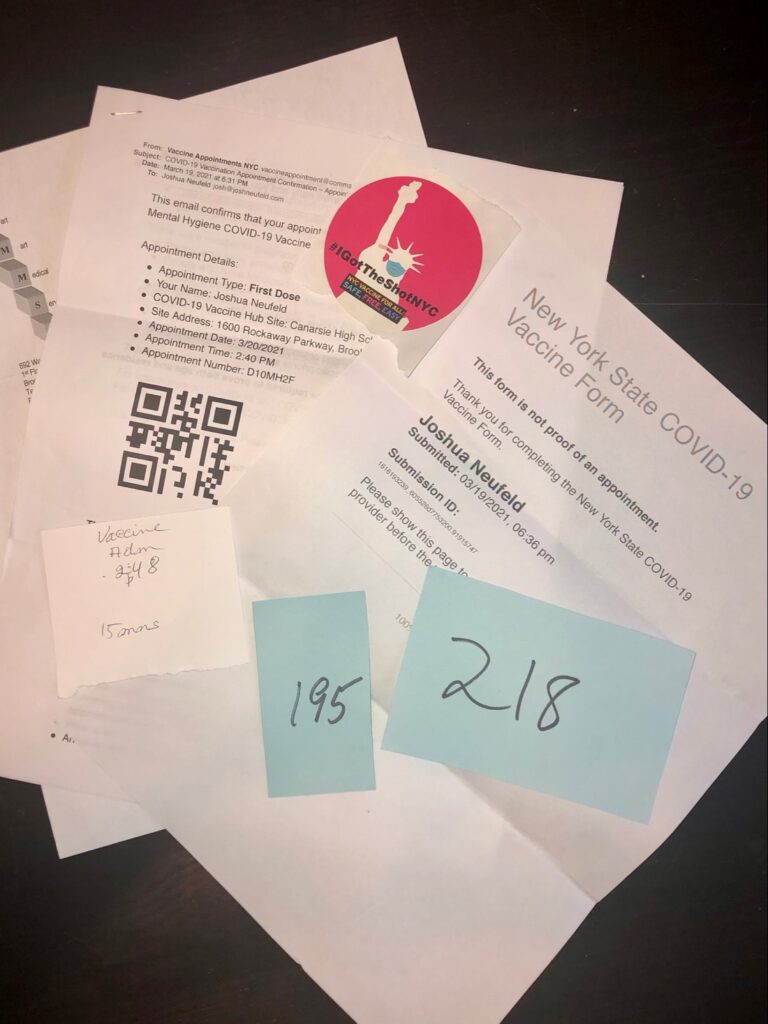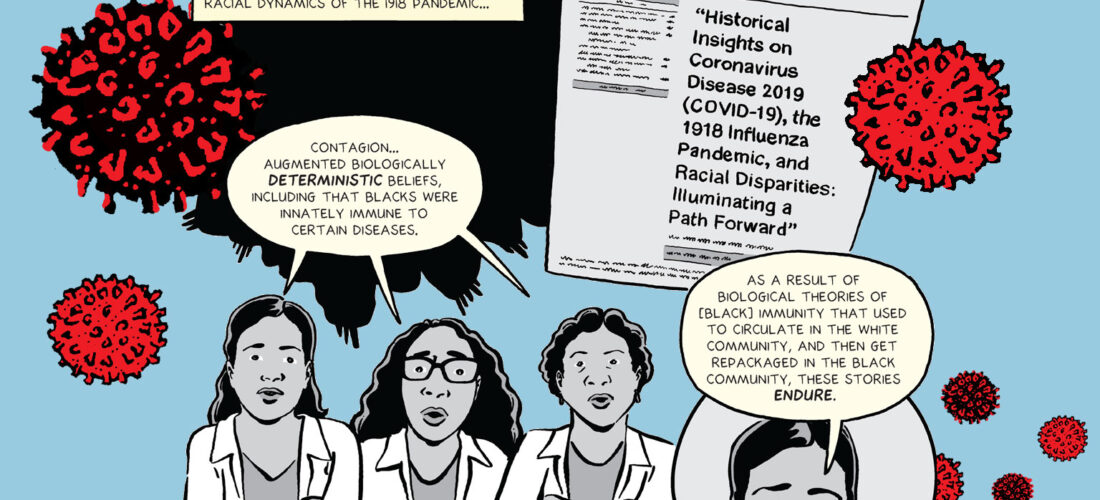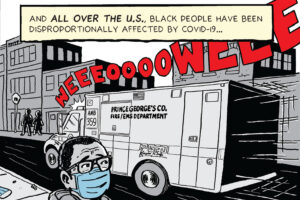I got my second COVID-19 vaccine shot this weekend, and I am feeling so grateful: to our scientists to and to all the volunteers and workers at the Carnegie High School vaccine site.
I got my (Moderna) vaccine through the New York City Dept. of Health and Mental Hygiene, which is why I had to schlep out to Canarsie on two spring Saturdays four weeks apart, but in the end, I was happy to do it that way rather than through some fancy hospital.
As you can see, there was nothing fancy about the experience—from the already weatherbeaten signage to the handwritten tickets to the institutional atmosphere of the old high school. But I felt safe and well-cared-for all the way through. Most of all, after this year of fragmentation and isolation, I felt like I was part of something. I was just another New Yorker getting their vaccine, one of the many hundreds (thousands?) of people of every “race, color, or creed” going through the system that day. If this is what my tax dollars go to, then I couldn’t be more happy to contribute.
Both times when I showed up, there was hardly any line, and I was quickly ushered into what would have been the school’s lobby. Every 30 feet or so there was a volunteer in a red or yellow vest—almost all of them African-American women—to shepherd me on my way. After a few moments of waiting, I was told to show my documentation to a person at a desk. They checked my ID and scanned my appointment QR code (they did have digital tablets for that part), and I was given the go-ahead to get the shot.
From there it was a short walk to the school cafeteria, where they were administering the vaccine. There were maybe 30 tables set up in the large room, with a vaccination station on each end; by my count, there were about 60 people getting the shot at any one time. I sat down at my allotted spot, the nurse checked my credentials once again, and then it was time for the poke. The woman who gave me the shot the second time told me that it was the same exact dosage for both shots—0.5 ml. I’m not particularly squeamish about needles, so I watched her give me the shot in the shoulder. It was a long needle, but it was also very thin, and I really didn’t feel much at all.
Then it was on to the school auditorium, where I was given another number and told to wait 30 minutes—to make sure I didn’t have an adverse reaction to the vaccine. The first time around, once my 30 minutes was up, I was called up to a table at the front of the stage to schedule my next appointment. This time around, after my second shot, I was able to leave after 15 minutes. The whole thing—from intake to exit—took less than 30 minutes!
I loved seeing this handmade sign as I headed out the door back into school’s sunlit courtyard:
There was something so inspiring about the humble, makeshift nature of the whole experience. It made me think of those photos from the “old days” of the distribution of vaccines against polio and smallpox. I was struck throughout the whole process by how cheerful everyone was. I like to think it was because they were also inspired by this feeling that we’re all in this together, of our community working together to bring something close to normalcy back to our lives.
My mother lives alone, in another neighborhood in Brooklyn. Now that we’ve both been vaccinated, I can visit her and give her a hug—the first hug she’ll have had in over a year. Thinking of moments like that is what we’re all grateful for.

